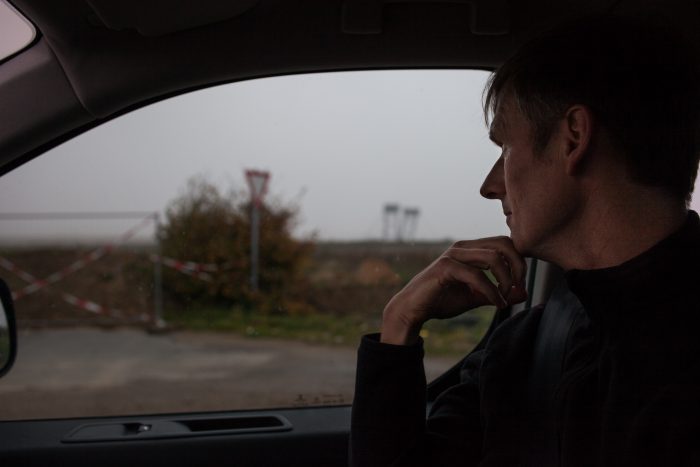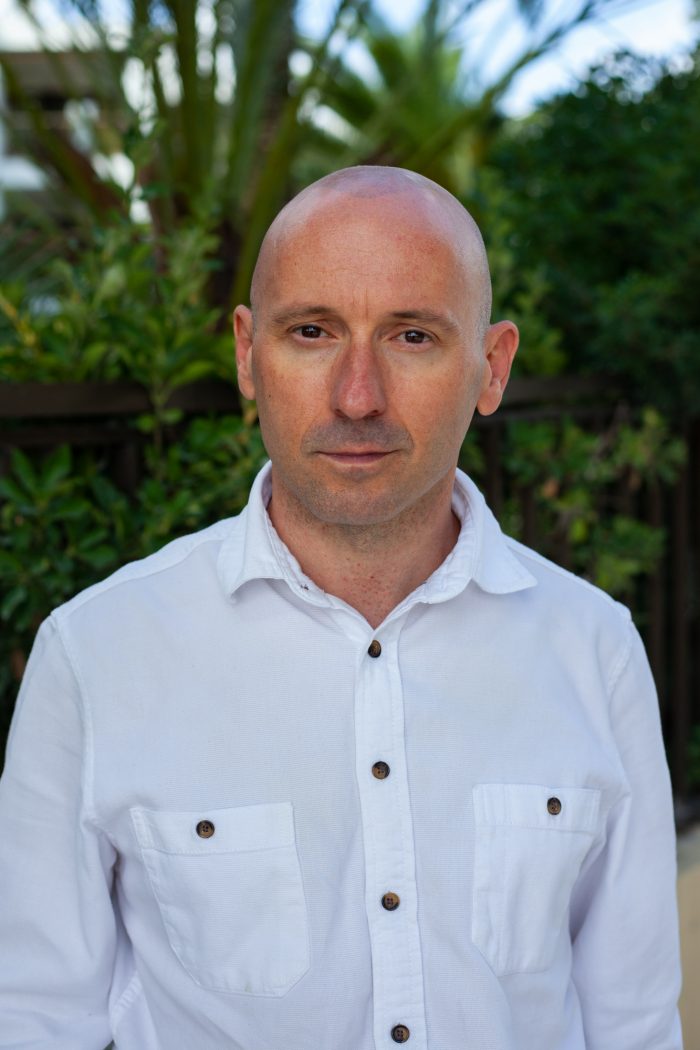Sacrificing culture and communities for coal
31 January, 2018
As German politicians negotiate a power sharing agreement this month, the impact of their energy choices has been brought into sharp focus by the demolition of the St Lambertus church in Immerath for a coal mine.
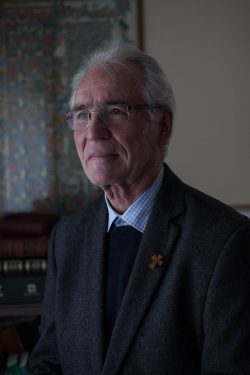 Opened in 1891 and known locally as the Immerather Dom, the grand Romanesque building was the heart of Immerath village, and has become a symbol of the lost heritage and community destruction that has accompanied the expansion of the vast Rhineland coal mines.
Opened in 1891 and known locally as the Immerather Dom, the grand Romanesque building was the heart of Immerath village, and has become a symbol of the lost heritage and community destruction that has accompanied the expansion of the vast Rhineland coal mines.
“Immerath Old is finished, it has been sacrificed for the greed for profit of the coal industry. The church stands for values, and values are destroyed today because making money is more important. Maybe that is also a symbol of our time,” Günter Salentin, former pastor of St Lambertus.
The destruction of St Lambertus and the rest of Immerath village has been coming for many years. Almost all of the people that once called it home have moved on, some to New Immerath, a nearby purpose-built “replacement” village. But with the heart of their community shattered, many have moved on entirely to other towns and cities. A new church has been built, but it is a tiny shadow of St Lambertus’ grandeur.
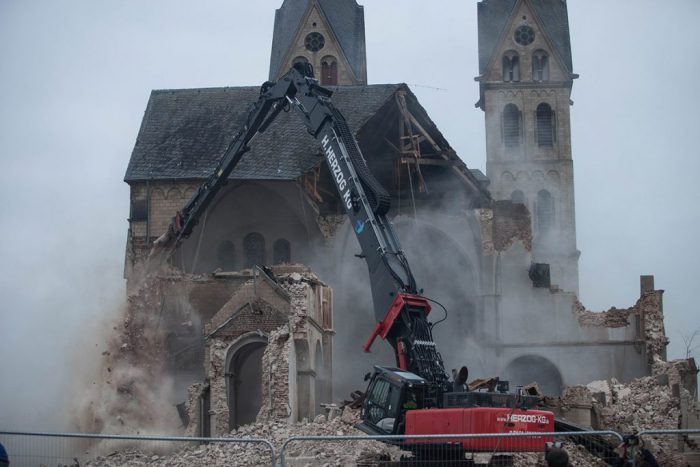
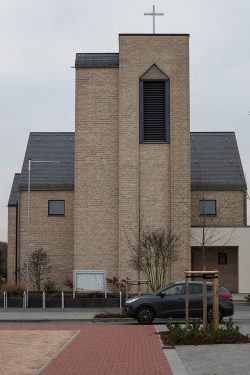
This is the reality for towns threatened by coal mine expansion. Long before homes, businesses and holy places are torn down for the dirty coal they sit atop, communities are divided and encouraged to move on. Leaving vanishingly small hope for those remaining to hold on to what made their communities whole.
 “It’s unbearable to live in a dying village. We need political change. Politicians need to realise that we need to do without lignite, that the coal needs to stay in the ground,” Lars Zimmer, one of the last remaining villagers in Immerath.
“It’s unbearable to live in a dying village. We need political change. Politicians need to realise that we need to do without lignite, that the coal needs to stay in the ground,” Lars Zimmer, one of the last remaining villagers in Immerath.
Unfortunately, it’s too late for Immerath, but it’s not too late for other nearby villages – if the incoming German government lives up to its responsibilities on climate change and finally makes a decision to put a date on the phase out of its incredibly dirty coal industry.
Germany hosts six out of the 30 most toxic coal plants to human health in the EU, and nine of the dirtiest 30 in terms of carbon pollution. The two dirtiest plants in Germany are fed by Garzweiler, the open pit lignite mine set to swallow Immerath and, if business as usual continues, the homes and communities of more than 1,600 people in nearby towns like Keyenberg.
The Garzweiler mine has no future in a Europe taking action on climate change, but with no firm end date for coal power it continues to expand in earnest. The Social Democratic Party (SPD) and Christian Democratic Union together with the Christian Social Union (CDU/CSU) are currently in negotiations to form a government. Should they be successful, they will do so at a pivotal moment in German history, as there is no longer any space for half measures.
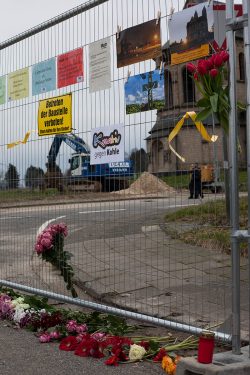
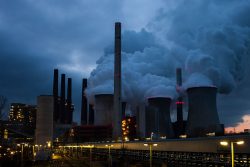
Either they commit to Germany’s 2020 climate target, and its ambitious 2050 target (95% greenhouse gas emissions reductions on 1990 levels by 2050), and to meet these decide to phase out coal and save every remaining village threatened by mines like Garzweiler; or they choose industry over people and condemn these villages for a few extra years of dirty profits.
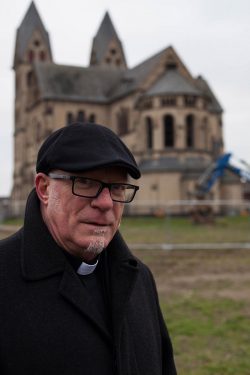 “We are destroying God’s creation. We are taking the livelihoods of people living close nearby. Three more churches will be deconsecrated and destroyed. Unless a big miracle happens: the energy transition comes way earlier,” Werner Rombach, pastor of St Lambertus.
“We are destroying God’s creation. We are taking the livelihoods of people living close nearby. Three more churches will be deconsecrated and destroyed. Unless a big miracle happens: the energy transition comes way earlier,” Werner Rombach, pastor of St Lambertus.
Politics is the art of the possible, and in this case no miracle is needed – just a logical decision that respects people and the climate.
No more churches, villages, or forests should be destroyed for coal mines and their coal power plants everyone knows have to close sooner rather than later. Both industry and communities need certainty, and a rapid coal phase out is a decision for a better future everyone can get behind.

